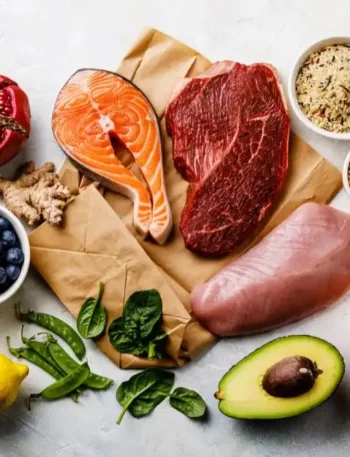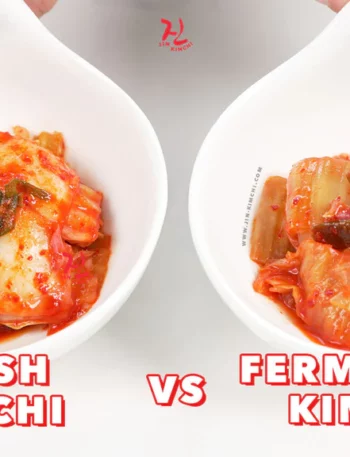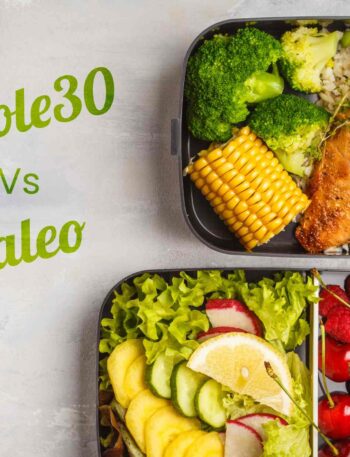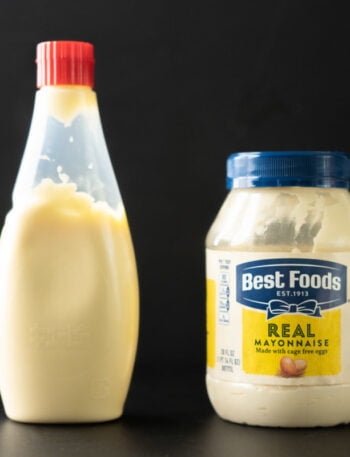Whether it’s a slice of pizza landing cheese-side down or a cookie that rolled off the plate, many of us have invoked the famous “5-second rule” to justify eating food that fell on the floor.
But how safe is it really? Does the 5-second rule have any scientific basis, or is it just a comforting myth we tell ourselves? Let’s explore the science, psychology, and practical advice behind this age-old debate.
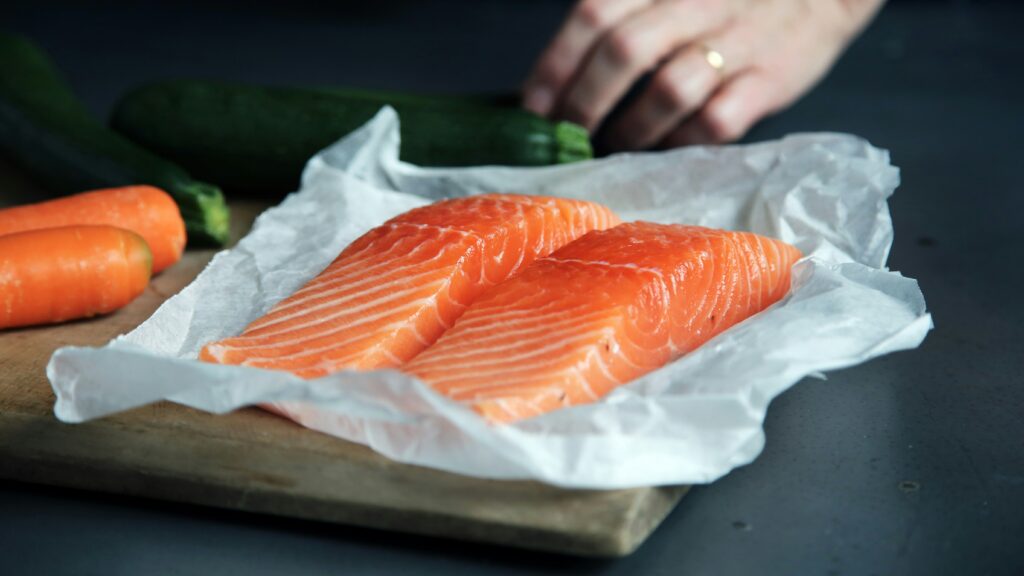
The Origin of the 5-Second Rule
The exact origins of the 5-second rule are unclear, but some historians trace it back to medieval times, when food hygiene standards were less stringent. There’s also an apocryphal story involving Genghis Khan, who allegedly declared that food dropped on the ground was still safe to eat unless it was spoiled.
In modern times, the 5-second rule gained cultural traction, partly thanks to pop culture. Movies, sitcoms, and casual conversations have cemented this rule as an almost universal excuse for salvaging fallen snacks.
What Science Says About the 5-Second Rule?
Does Time Really Matter?
Scientific studies have largely debunked the idea that food is safe as long as it’s retrieved quickly. For instance, a 2016 study found that bacteria can transfer to food almost instantly upon contact with a contaminated surface. The type of food and surface, however, play significant roles in the amount of bacteria transferred.
Key Findings from Research:
- Moist Foods Absorb More Bacteria: Foods like watermelon or sliced fruit are more likely to pick up bacteria compared to dry foods like crackers.
- Surface Type Matters: Carpet surfaces transfer fewer bacteria than smoother surfaces like tile or wood, but this doesn’t mean they’re safe. Carpets can harbor bacteria deep within the fibers, which are harder to clean.
- Clean Floors Are Still Risky: Even if your floor looks spotless, harmful bacteria like E. coli or Salmonella might be present, particularly if you have pets or frequently wear outdoor shoes indoors.
Factors That Impact Food Safety
- Type of Food
Wet, sticky, or moist foods like pasta, fruit, or jelly are much more prone to bacterial contamination than dry, hard foods like chips or cookies. - Surface Type
- Carpet: Surprisingly, carpets transfer fewer bacteria due to their uneven surface, but they can still trap harmful pathogens.
- Tile or Wood: These smooth surfaces allow bacteria to transfer more easily.
- Outdoors: Grass might seem “natural,” but soil and animal feces can introduce a host of dangerous microbes.
- Time on the Floor
While the “5-second” part of the rule is catchy, bacteria don’t wait to jump onto food. Studies show that contact time only slightly increases bacterial transfer, meaning the food is often contaminated as soon as it touches the floor.
Debunking Common Myths
- Myth: Floors That Look Clean Are Safe
- Fact: Invisible bacteria can linger on seemingly clean surfaces. Regular cleaning reduces risk, but doesn’t eliminate it entirely.
- Myth: Bacteria Need Time to Transfer
- Fact: Bacteria can attach to food in milliseconds. The speed of transfer depends more on the surface and food type than on the duration of contact.
- Myth: Home Floors Are Always Safe
- Fact: Floors in your home might still carry germs from shoes, pets, or spills, making them less sanitary than you think.
Is It Ever Safe to Use the 5-Second Rule?
While the 5-second rule isn’t backed by science, there are scenarios where retrieving food might pose minimal risk. For instance:
- At Home: If you regularly clean your floors, the risk may be lower, especially in areas like the kitchen where food is prepared.
- Dry Foods: If the food is dry and falls on a low-risk surface like a clean countertop or freshly mopped floor, the likelihood of contamination is reduced.
Practical Tips:
- Avoid eating food dropped in high-traffic areas or outdoors.
- Be extra cautious with foods that absorb bacteria quickly, like bread, cheese, or fruit.
What Should You Do If Food Falls on the Floor?
If you drop food, here’s a quick decision-making guide:
- Assess the Surface: Was it a recently cleaned area or a high-risk spot like a bathroom or entryway?
- Consider the Food: Is it moist or sticky? Toss it. Dry food? Assess further.
- Use Cleaning Techniques: For solid foods like apples, rinsing thoroughly can remove some bacteria. But if in doubt, throw it out.
The Psychology of the 5-Second Rule
Why do we cling to the 5-second rule despite knowing better? The answer lies in psychology:
- Food Waste Aversion: People hate wasting food, so the rule provides a convenient excuse.
- Cultural Comfort: The rule taps into a shared belief that minor risks are acceptable.
- Germ Fatigue: With constant reminders about hygiene, some people may downplay small risks for convenience.
While the 5-second rule may be a fun cultural quirk, it’s not a reliable guide for food safety. Whether or not you should eat food that’s fallen on the floor depends on factors like the surface type, food texture, and cleanliness of the environment.
In most cases, it’s better to err on the side of caution—your health is worth more than salvaging a snack.
So, next time you drop your favorite cookie, ask yourself: Is it really worth the risk? Sometimes, it’s best to let the 5-second rule stay on the floor.


